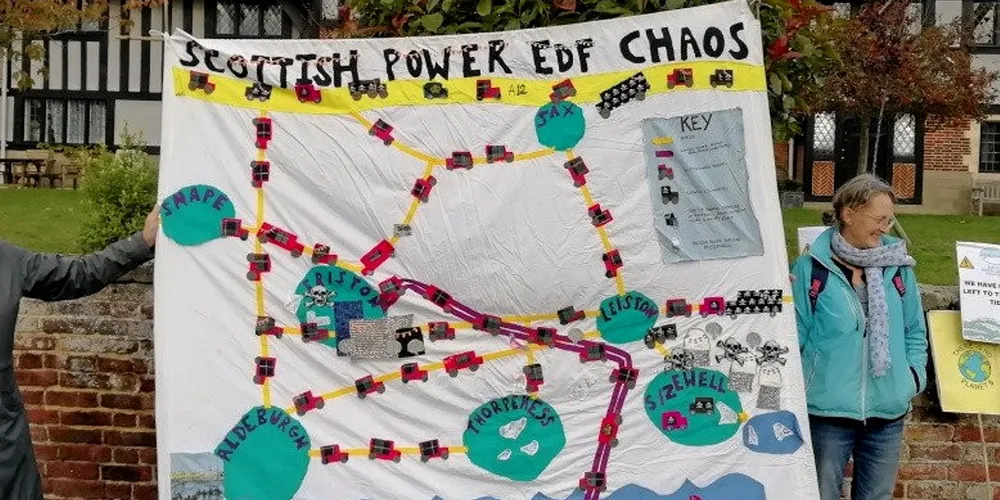'If nothing changes we can't deliver': Iberdrola warns quicker consent key to new UK offshore wind goal
Global green power giant says current timeframes untenable if nation wants to hit increased target under energy strategy

Global green power giant says current timeframes untenable if nation wants to hit increased target under energy strategy
